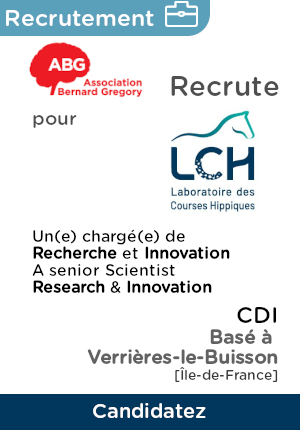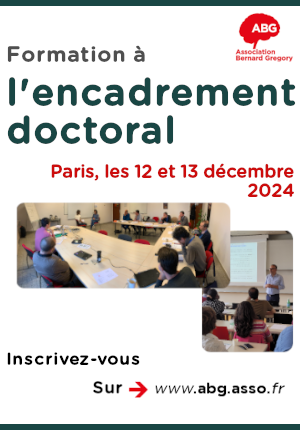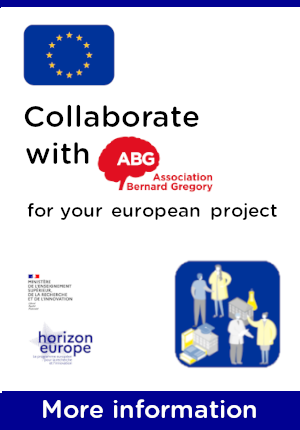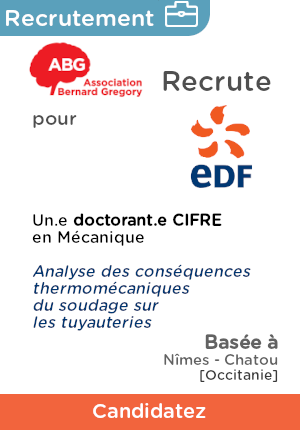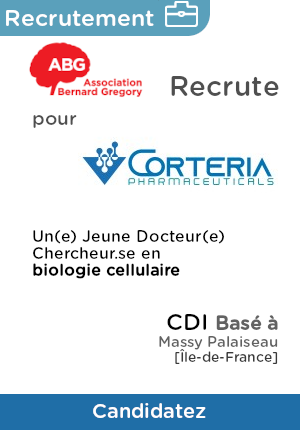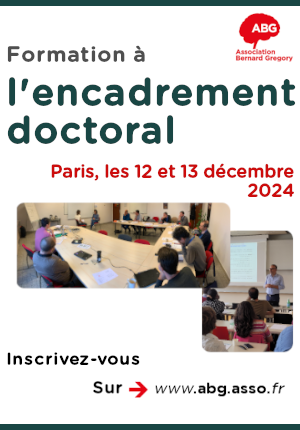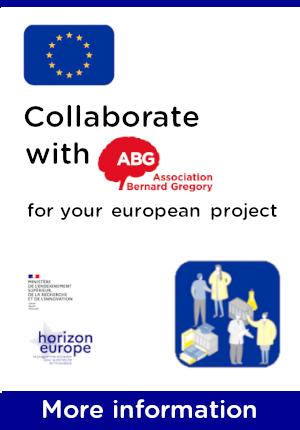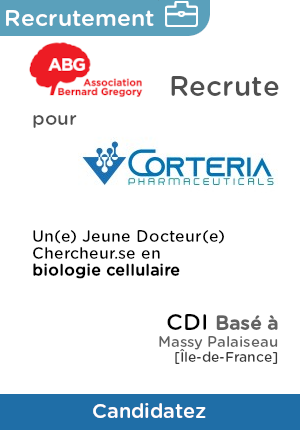CNRS postdoc position on developing advanced nanoplasmonic biosensors
| ABG-124858 | Emploi | Junior |
| 04/07/2024 | CDD 24 Mois | > 35 et < 45 K€ brut annuel |
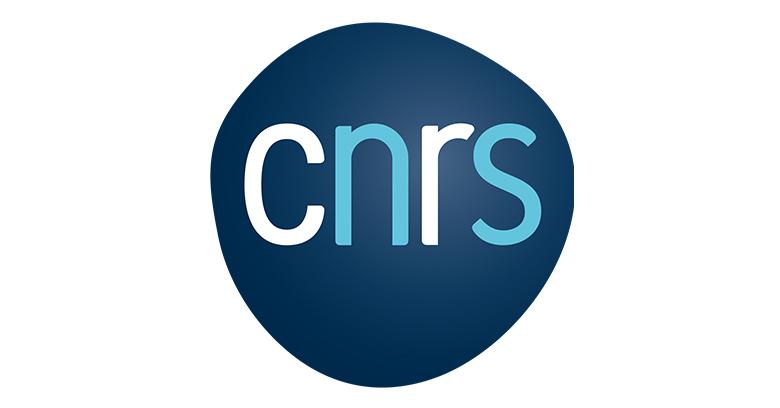
- Matériaux
- Physique
Employeur
The laboratory Light, nanomaterials and nanotechnologies (L2n) aims at the development of nano-optics, which addresses a number of technological, scientific and socio-economic challenges. The L2n is a joint UTT/CNRS laboratory of more than 100 people comprising faculty membres, CNRS researchers, research and project engineers, technicians, post-doctorate fellows, PhD students, graduate students and visitors. Researchers at the L2n work on new concepts and approaches, developing both innovative instrumentation and nanocharacterisation and nanofabrication methods. Covering such fields as energy (lighting, photovoltaics, etc.), telecommunications, data storage, health and security, key socio-economic challenges are addressed through multidisciplinary research focus areas: plasmonics, integrated optics, optoelectronics, new spectroscopy and microscopy techniques, multiphysics modeling, multi-functional nanosensors, nanobiophotonics and nanomaterials for photonics, quantum nanodevices, photochemistry and photophysics.
The L2n possesses 1200 m2 of laboratory space including 700 m2 of clean rooms. The facility platform associated and managed by the L2n is the platform Nano'mat. Nano'mat is part of the CNRS national network of technological platforms RENATECH. See here for more information about the platform.
Poste et missions
Nanophotonic devices are widely used to study fundamental biological processes at the molecular level, all the way to quantum information processing. Among all approaches, surface plasmon resonance (SPR) sensors are of great interest due to their ability to detect biomolecules in real-time. In particular, SPR detection substrates based on plasmonic metasurface structures can surpass the detection limits of current metallic substrates [1-2]. The sub-nanometer tunability of plasmonic nanostructures allows for precise control of the resonance at the detection interface. Optimizing the coupling with the nanostructures leads to the exceptional property of generating a near-extinction of the reflected SPR signal, and this increased substrate absorption should provide an effective means of detecting small biomolecules in just 20 minutes with high signal-to-noise ratio.
Thus, this 2-year post-doctoral project (starting from November 1st, 2024) aims to develop new optical detection chips based on plasmonic metasurfaces. Specifically, an original approach to achieve SPR detection will be developed by designing new nanomaterials with higher absorption efficiency. SPR detection substrates will be developed using nanofabrication techniques such as electron beam lithography. Ultimately, the goal of this project is to facilitate certain clinical applications, such as early disease prevention, using diagnostic tools based on the developed approach.
Please do not hesitate to contact us for more details.
References:
1. Zhu, S.; Jaffiol, R.; Crunteanu, A.; Vézy, C.; Chan, S.-T.; Yuan, W.; Ho, H.-P.; Zeng, S., Label-free biosensing with singular-phase-enhanced lateral position shift based on atomically thin plasmonic nanomaterials. Light: Science & Applications - Nature 2024, 13 (1), 2.
2. Kabashin, A. V.; Kravets, V. G.; Grigorenko, A. N., Label-free optical biosensing: going beyond the limits. Chemical Society Reviews 2023, 52 (18), 6554-6585
3. Cherqui, C.; Bourgeois, M. R.; Wang, D.; Schatz, G. C., Plasmonic surface lattice resonances: theory and computation. Accounts of Chemical Research 2019, 52 (9), 2548-2558
Mobilité géographique :
Prise de fonction :
Profil
The candidates sought must hold a doctor's degree and have solid experience in optics and nanophotonics. Passion for experimental physics and advanced technologies will be an asset. Experience in a scientific project involving either optical sensors or numerical simulation or nanofabrication will be highly appreciated.
Qualified candidates are requested to submit the
(i) CV with a list of publication and the contact details of 2 references;
(ii) Motivation letter
Contact: shuwen.zeng@cnrs.fr ; christophe.couteau@utt.fr
The candidate will work with Dr. Shuwen ZENG, CNRS Permanent Researcher at L2n,
https://scholar.google.com/citations?user=zzmb090AAAAJ&hl=fr
https://orcid.org/0000-0003-2188-7213
https://recherche.utt.fr/research-directory/mme-shuwen-zeng
Vous avez déjà un compte ?
Nouvel utilisateur ?
Vous souhaitez recevoir nos infolettres ?
Découvrez nos adhérents
 Généthon
Généthon  CASDEN
CASDEN  CESI
CESI  ONERA - The French Aerospace Lab
ONERA - The French Aerospace Lab  Ifremer
Ifremer  PhDOOC
PhDOOC  Aérocentre, Pôle d'excellence régional
Aérocentre, Pôle d'excellence régional 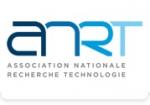 ANRT
ANRT  Groupe AFNOR - Association française de normalisation
Groupe AFNOR - Association française de normalisation  Institut de Radioprotection et de Sureté Nucléaire - IRSN - Siège
Institut de Radioprotection et de Sureté Nucléaire - IRSN - Siège  ADEME
ADEME  Nokia Bell Labs France
Nokia Bell Labs France 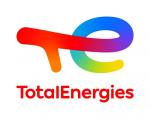 TotalEnergies
TotalEnergies  Tecknowmetrix
Tecknowmetrix  SUEZ
SUEZ  Institut Sup'biotech de Paris
Institut Sup'biotech de Paris  Laboratoire National de Métrologie et d'Essais - LNE
Laboratoire National de Métrologie et d'Essais - LNE  MabDesign
MabDesign  MabDesign
MabDesign
-
EmploiCDDRef. ABG125071KTHStockholm - Suède
ERC-funded postdoc position on the detection of gas-phase organic radicals, KTH, Stockholm, Sweden
Chimie - Physique - Sciences de l’ingénieurNiveau d'expérience indifférent -
EmploiCDIRef. ABG123642Laboratoire des Courses Hippiques (GIE LCH)Verrières-le-Buisson - Ile-de-France - France

Chargé(e) de Recherche et Innovation (H/F) / Senior Scientist Research & Innovation (M/F)
Chimie - BiochimieConfirmé -
EmploiCDIRef. ABG124941Corteria PharmaceuticalsMassy-Palaiseau - Ile-de-France - France

Jeune Docteur, Chercheur en Biologie Cellulaire & Moléculaire (H/F)
BiologieNiveau d'expérience indifférent

